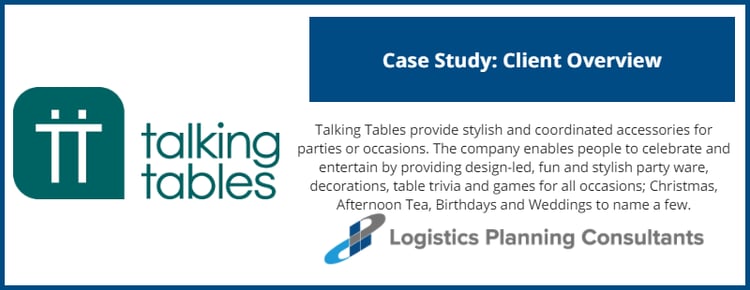
LPC were initially retained to
- Identify the business requirements
- Review the operation of the current 3PL based on the identified requirements
- benchmarking study against other 3PL providers
- Data analysis to identify a “day in the life of” the warehouse and the transport requirements
- Identifying storage and picking needs, throughputs and distribution etc
From the findings we identified a concept blue print design layout (to include storage and picking media, footprint and resource requirements) to compare against the current 3PL operation and costs in terms of:
- General layout and in particular the pick area(s)
- Material and process flows
- Equipment and processes employed
- Capability for expansion and flexibility of operation
This was then further researched against competitor 3PL charges by running a RFI process and comparing results.
This process identified that there would be benefits to be made by changing supplier for the warehousing and distribution services. The scope was then broadened to include the preparation and running of an ITT to find the most suitable 3PL candidate.
In order to confirm potential savings, an enhanced FRI was prepared to include inbound transport / containers (from port) and outbound transport elements (pallet loads).
Additionally, information about the “explosive” (1.4S classified) products such as party poppers was also included. Having ascertained that there were still sizeable savings to be made, but that some of the suppliers could not handle the “hazardous “ products a more detailed ITT was sent out to a wider audience and the returns evaluated.
This took into account not just costs and but also location, facilities and service offerings from the various responders.
This resulted in a shortlist of suppliers who Talking Tables were then able to negotiate with. The result at the end was the incumbent provider was retained on a renegotiated contract.



